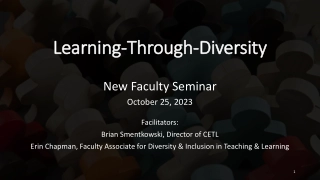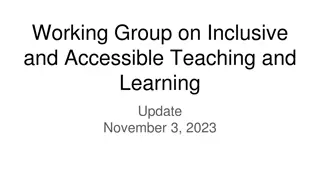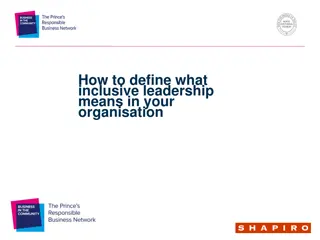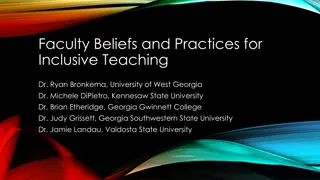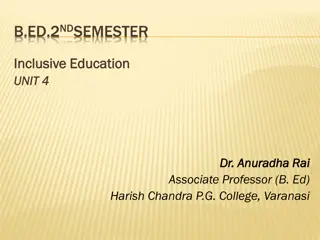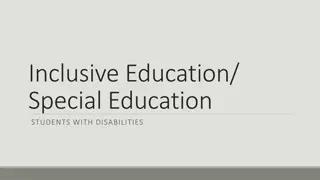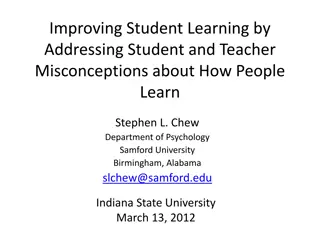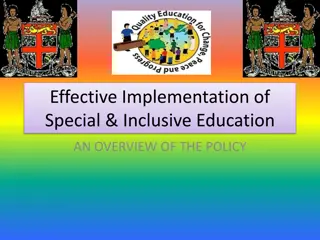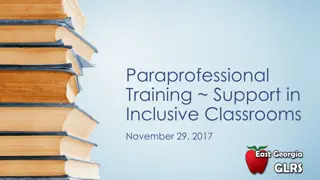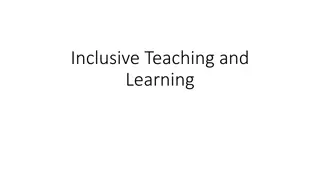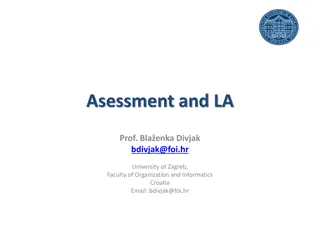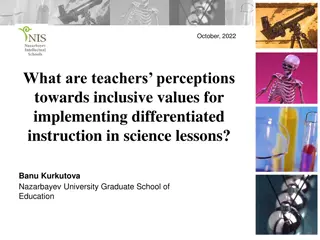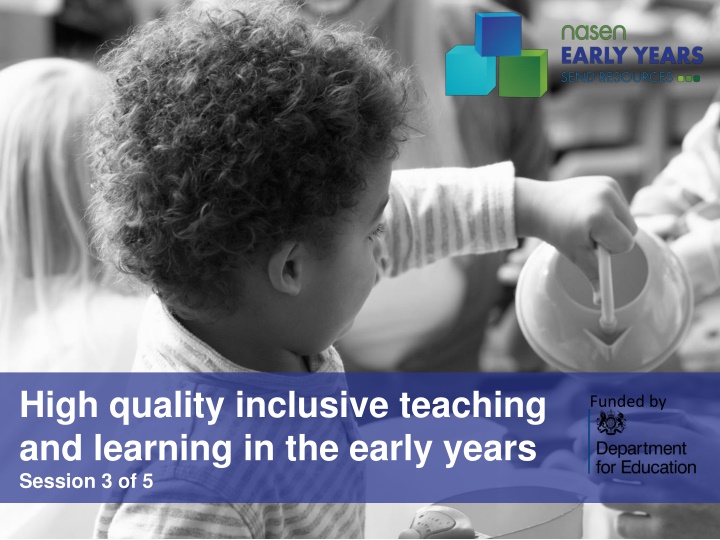
High-Quality Inclusive Teaching and Learning in Early Years
Explore the significance of high-quality universal provision for children, along with the importance of differentiated and personalized practices to meet diverse needs. Learn about available resources and strategies to enhance inclusive teaching, in alignment with the United Nations Convention on the Rights of the Child.
Download Presentation

Please find below an Image/Link to download the presentation.
The content on the website is provided AS IS for your information and personal use only. It may not be sold, licensed, or shared on other websites without obtaining consent from the author. If you encounter any issues during the download, it is possible that the publisher has removed the file from their server.
You are allowed to download the files provided on this website for personal or commercial use, subject to the condition that they are used lawfully. All files are the property of their respective owners.
The content on the website is provided AS IS for your information and personal use only. It may not be sold, licensed, or shared on other websites without obtaining consent from the author.
E N D
Presentation Transcript
High quality inclusive teaching and learning in the early years Session 3 of 5 Funded by
High quality universal provision leads to a world of greater opportunity 2
The aims of this session to understand the importance of high quality universal provision and practice which is differentiated and personalised to meet the needs of all children to be aware of the nationally and locally available resources which can support inclusive practice to develop increased confidence in adopting and adapting different approaches to meet the unique needs of individual children.
United Nations Convention on the Rights of the Child UNCRC (1991) Article 2: All the rights in the Convention apply to children without discrimination Article 3: The best interests of children should always be a top priority Article 12: Every child has the right to express his or her views and these views must be taken seriously
United Nations Convention on the Rights of the Child UNCRC (1991) Article 18: Parents are the most important people in children s lives and must always do what is best for them. Governments must do all they can to help parents look after children well Article 23: Disabled children should enjoy a full and decent life in conditions which ensure dignity, promote self-reliance and facilitate the child s active participation in the community Article 31: Every child has the right to rest, play, and to do things they enjoy
Webcast One of a series of webcasts we will use in our sessions We will pause the webcast for opportunities for discussion You can write down any thoughts and questions
How does Ofsted describe teaching? Teaching should not be taken to imply a top down or formal way of working. It is a broad term which covers the many different ways in which adults help young children learn. It includes their interactions with children during planned and child-initiated play and activities: communicating and modelling language, showing, explaining, demonstrating, exploring ideas, encouraging, questioning, recalling, providing a narrative for what they are doing, facilitating and setting challenges. 7
How does Ofsted describe teaching? It takes account of the equipment they provide and the attention to the physical environment as well as the structure and routines of the day that establish expectations. Integral to teaching is how practitioners assess what children know, understand and can do, as well as take account of their interests and dispositions to learning (characteristics of effective learning), and use this information to plan children s next steps in learning and monitor their progress. 8
Activity: Small group discussion Think about the way you learn new things; what helps you to learn? What makes it more difficult to learn? Now think about the children What have you noticed about the different ways and rates that different children develop and learn? In what way do you adjust your approach to teaching to support the learning for each child? What do you think the are the key aspects of effective, inclusive teaching and learning?
SPECIALIST Individual children TARGETED A few children UNIVERSAL All children All aspects of EYFS plus .signing, using visuals, sensory, approaches to communication, supporting emotional regulation and behaviour. 10
Universal support for learning (whole setting) Good quality practitioners Understanding and delivery of high quality teaching Providing a range of opportunities for learning and development Enabling environments Positive relationships 11
Universal support for learning (whole setting) Good systems for tracking progress and identifying where children are developing above, in line or below their age range Practitioners with a clear understanding the difference between a developmental or a special education need or disability Reflective practice Being aware of children s interests and particular needs Having a clear understanding of what barriers to learning and development may be 12
Sources of information and support Autism Education Trust Communication Trust Council for Disabled Children Contact (formerly Contact a Family) Early Support Journals Early Years SEND Toolkit Foundation Years I CAN Inclusion Development Programme nasen
What next? Reflect: what have you learned from this session and what else you would like to know about? Complete the after the session part of the review document Read or Watch: ???? Do: An observation of a child s individual characteristics of effective learning (see handout) Discuss with colleagues any ideas and thoughts you have in relation to SEND Reflect : Use the Learning Log to record what you are thinking Next session Date Title

